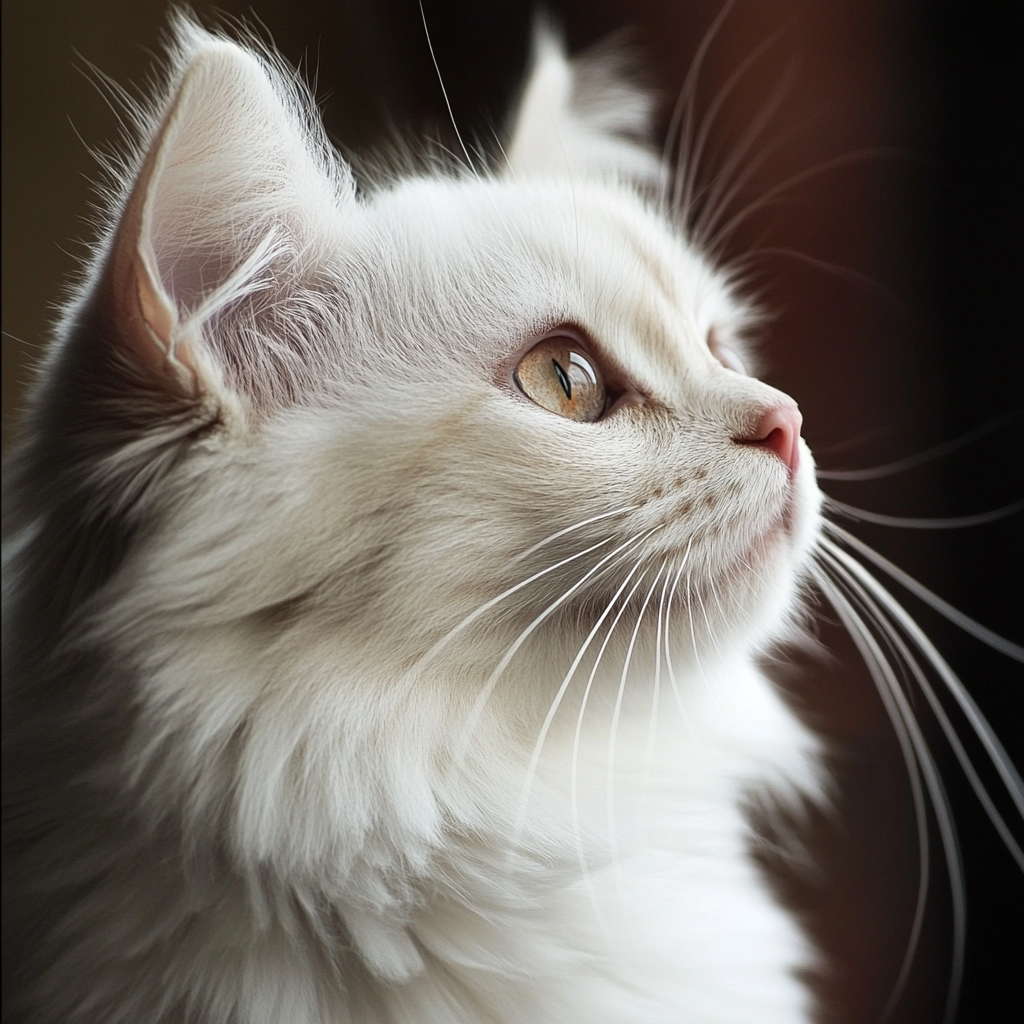
Cat Hair Structure, Types & More: What Every Cat Owner Should Know
Cat hair isn’t just about softness — it’s about biology, grooming, and health too.
Whether you’re brushing your long-haired Persian or vacuuming up fur from your short-haired tabby, cat hair is a constant part of pet parent life. But do you know what your cat’s fur is really made of, or how it impacts their behavior and health?
In this guide, we’ll explore everything cat owners should know about cat hair: from structure and coat types to grooming needs, shedding behavior, and more surprising facts.
What Is Cat Hair Made Of?
Cat hair is composed primarily of keratin, the same protein found in human hair and nails. Each hair grows from a follicle in the skin, connected to tiny muscles and sebaceous glands that produce oils to keep the coat shiny and waterproof. These follicles also play a role in regulating temperature and responding to stimuli.
There are three main types of cat hair:
-
Guard hairs – The longest, thickest hairs that give the coat its texture and color. These hairs protect against water and dirt.
-
Awn hairs – Shorter, finer hairs that support the guard hairs and create a smooth, insulating layer.
-
Down hairs (undercoat) – Softest and closest to the skin, these hairs trap heat and help regulate body temperature. They are usually abundant in double-coated cats.
Cats also have specialized sensory hairs, such as vibrissae (whiskers), which are deeply rooted and used to detect spatial changes and prey.
Different Types of Cat Coats
Cat breeds have evolved to have specific types of coats depending on their origin and environment. The most common coat types include:
Short-Haired Cats
-
Easy to maintain
-
Less prone to matting or tangling
-
Still require brushing to reduce shedding
-
Examples: American Shorthair, British Shorthair, Siamese
Long-Haired Cats
-
Require daily grooming to prevent tangles and mats
-
Prone to hairballs due to excess fur ingestion
-
More susceptible to shedding, especially during seasonal changes
-
Examples: Maine Coon, Persian, Ragdoll
Hairless Cats (Yes, They Still Have Hair!)
-
Sphynx cats and other hairless breeds have a fine layer of fuzz called "vellus hair"
-
Require regular bathing to remove oil buildup that would normally be absorbed by fur
-
Despite their lack of visible fur, these cats are not hypoallergenic
How Cat Hair Grows and Sheds
Cats go through a cyclical hair growth process similar to humans:
-
Anagen – Active growth phase where hair is firmly anchored and grows
-
Catagen – A short transitional phase where growth slows
-
Telogen – The resting phase when old hairs are pushed out by new ones, resulting in shedding
Why Do Cats Shed?
-
Seasonal changes (spring and fall)
-
Indoor lighting can disrupt the natural cycle, causing year-round shedding
-
Stress, poor nutrition, or health conditions may lead to excessive fur loss
Signs of abnormal shedding:
-
Bald spots or thinning patches
-
Excessive licking or scratching
-
Presence of dandruff or skin irritation
In such cases, it’s best to consult a veterinarian to rule out medical causes like dermatitis, parasites, or hormonal imbalances.
Grooming Tips for a Healthy Cat Coat
Regular grooming isn't just for show cats — it’s vital for all breeds and ages. Here's how to maintain a healthy coat at home:
-
Brush consistently – Even short-haired cats benefit from weekly brushing. Long-haired breeds may require daily grooming. Tools like the Furgo™ Pet Steam Brush are perfect for detangling without discomfort.
-
Use the right brush – A slicker brush works well for thick fur; a steam brush is ideal for sensitive or matted coats. Grooming gloves can be great for brush-averse cats.
-
Clean gently – For cats that hate water, use grooming wipes or steam grooming to lift dirt and loosen fur.
-
Check for tangles – Focus on problem areas like under the legs, behind the ears, and along the tail.
-
Feed a quality diet – Nutrients like biotin, zinc, and omega-3s support coat shine and minimize shedding.
-
Stay hydrated – Proper hydration reduces dry skin and dull fur.
A clean, well-maintained coat also means fewer hairballs and less fur around your home.
Fun Facts About Cat Hair
-
Cats spend up to 50% of their awake time grooming.
-
Fur pattern genetics are linked to coat length and color — calicos are almost always female.
-
Some cats’ fur changes color depending on the temperature (common in Siamese and Himalayan cats).
-
Whisker fatigue is real — overstimulation of whiskers can make a cat anxious.
-
Long-haired cats were bred for colder regions, while short-haired cats adapted to warmer climates.
-
Brushing not only removes dead hair but also distributes natural oils, making the coat shinier.
-
Certain cat breeds, like the Norwegian Forest Cat, have a water-resistant double coat.
Common Cat Coat Problems & Solutions
| Problem | Cause | Solution |
|---|---|---|
| Matted Fur | Lack of grooming, long hair | Use detangling spray, steam brush, trim if necessary |
| Greasy or Oily Coat | Overactive sebaceous glands | Bathe with mild cat shampoo or use dry shampoo wipes |
| Dull Coat | Poor diet, dehydration | Improve nutrition, add omega-3 supplements |
| Dandruff | Dry air, poor grooming | Use humidifier, brush regularly, consult vet if persistent |
Always be gentle and patient, especially with senior cats or those with arthritis who may struggle to groom themselves.
❓ Frequently Asked Questions (FAQ)
Q: How often should I groom my cat?
A: Short-haired cats should be brushed at least once a week, while long-haired breeds benefit from daily grooming.
Q: Why does my indoor cat still shed a lot?
A: Indoor cats are exposed to artificial lighting, which disrupts their natural shedding cycles, causing year-round shedding.
Q: Are certain breeds more prone to coat problems?
A: Long-haired and double-coated breeds like Persians or Maine Coons are more prone to matting and require more frequent grooming.
Q: Can diet affect my cat’s coat quality?
A: Absolutely. A diet rich in omega-3 and omega-6 fatty acids supports skin health and coat shine.
Q: What brush should I use for a cat that hates grooming?
A: Try grooming gloves or a steam brush like the Furgo™ Pet Steam Brush, which mimics petting and soothes the skin.
Final Thoughts
Understanding your cat’s hair — its structure, cycles, and needs — helps you be a better pet parent. Fur is more than fluff; it's a biological system tied to comfort, health, and communication.
With the right grooming routine and tools, you can ensure your cat’s coat stays healthy, smooth, and free from mats. Best of all, grooming time becomes a moment of bonding — and less of a battle.
👉 Give your cat the coat care they deserve — shop the Furgo™ Pet Steam Brush today.



Leave a comment
All comments are moderated before being published.